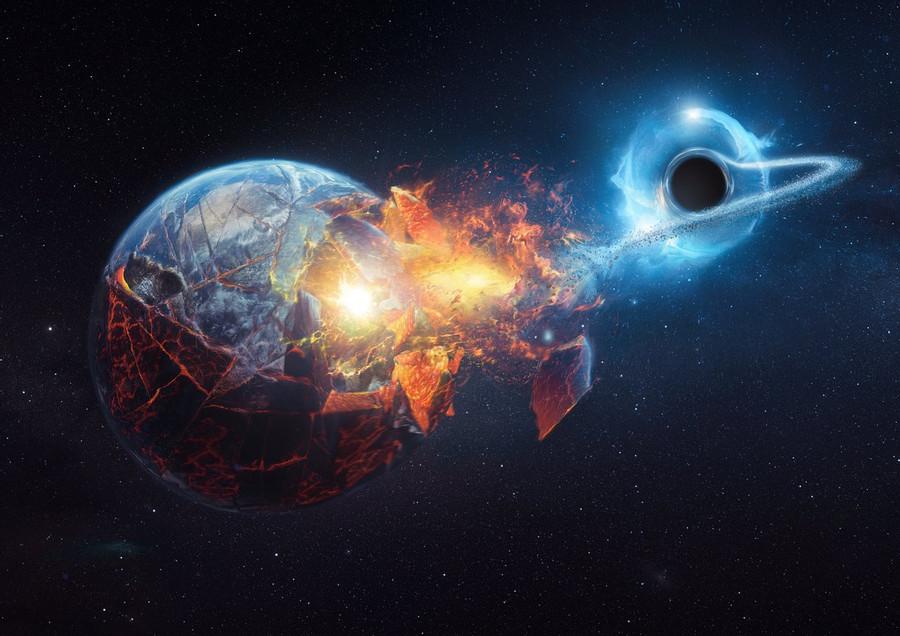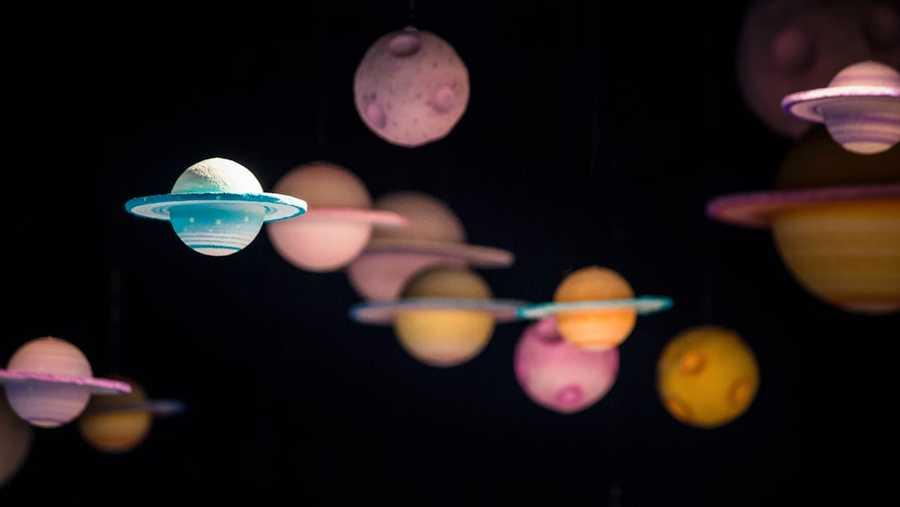2. Bhaskaracharya (1114–1185 CE)
Bhaskaracharya’s mathematical works called “Lilavati” and “Bijaganita” are considered to be unparalleled. Bhaskaracharya was the first to discover gravity, 500 years before Isaac Newton. In the “Surya Siddhant” he makes a note on the force of gravity:“Objects fall on earth due to a force of attraction by the earth. Therefore, the earth, planets, constellations, moon, and sun are held in orbit due to this attraction.”Bhaskara accurately calculated the time that earth took to revolve around the Sun as 365.2588 days that is a difference of 3 minutes of modern acceptance of 365.2563 days.He is als
7
21 reads
CURATED FROM
13 Ancient Indian Sages Whose Contributions Were Far Ahead Of Their Times • The Mysterious India
themysteriousindia.net
15 ideas
·227 reads
IDEAS CURATED BY
卐 || एकं सत विप्रा बहुधा वदन्ति || Enthusiast || Collection Of Some Best Reads || Decentralizing...
The idea is part of this collection:
Learn more about scienceandnature with this collection
Identifying the skills needed for the future
Developing a growth mindset
Creating a culture of continuous learning
Related collections
Similar ideas to 2. Bhaskaracharya (1114–1185 CE)
Could a black hole destroy earth?
Black holes do not go around in space eating stars, moons and planets. Earth will not fall into a black hole because no black hole is close enough to the solar system for Earth to do that.
Even if a black hole the same mass as the sun were to take the place of the sun, Earth still would no...
Is there any science behind astrology?
- Astronomers claim astrology is not yet proven and that the position of stars and planets is more accurately defined as astronomy. Astronomy uses mathematics, physics, and chemistry in order to explain the origin and evolution of objects in the universe (including...
Einstein and the shape of spacetime
Albert Einstein held that space and time together made up the universe's fabric that could stretch and compress. Einstein suggested that the shape of spacetime is what gives rise to the force of gravity. A concentration of mass, like the earth or sun, ben...
Read & Learn
20x Faster
without
deepstash
with
deepstash
with
deepstash
Personalized microlearning
—
100+ Learning Journeys
—
Access to 200,000+ ideas
—
Access to the mobile app
—
Unlimited idea saving
—
—
Unlimited history
—
—
Unlimited listening to ideas
—
—
Downloading & offline access
—
—
Supercharge your mind with one idea per day
Enter your email and spend 1 minute every day to learn something new.
I agree to receive email updates


